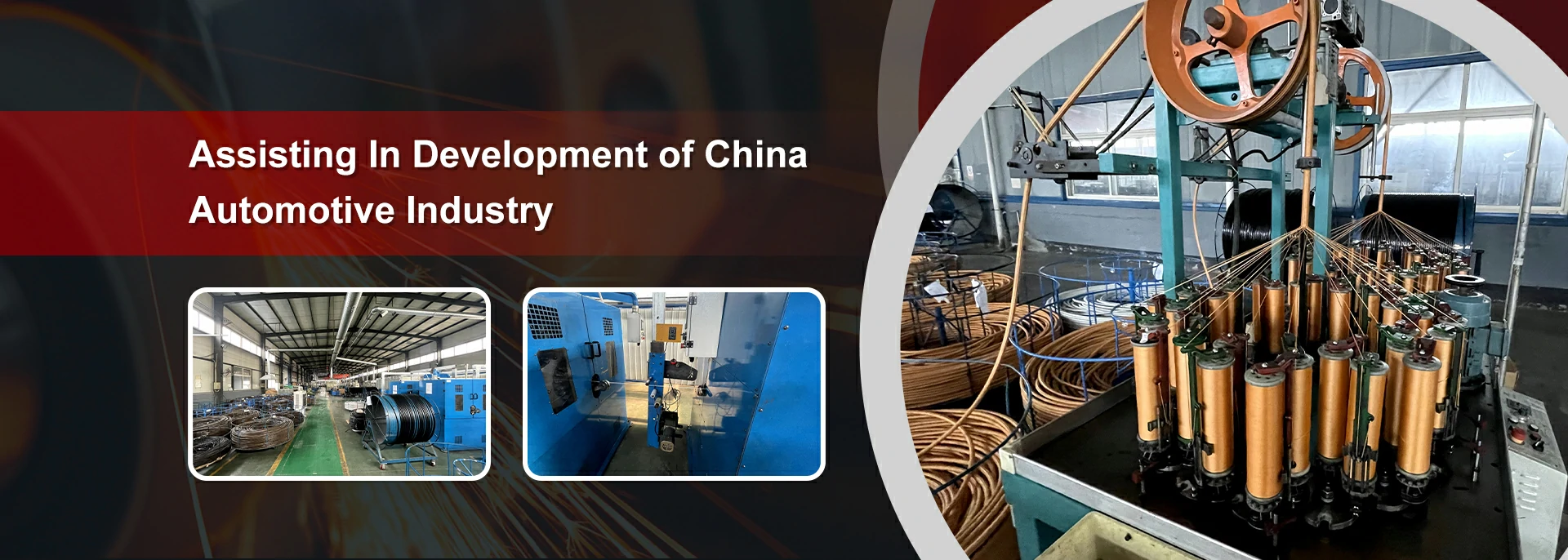fire hose pipe coupling
Understanding Fire Hose Pipe Couplings Essential Components for Firefighting
In the realm of firefighting, where every second counts, the equipment used plays a pivotal role in ensuring rapid response and effective fire suppression. Among the most vital components of firefighting equipment are fire hoses, and an often-overlooked yet critical part of the hose system is the fire hose pipe coupling. This article delves into the significance, types, and best practices related to fire hose pipe couplings, underscoring their essential role in emergency response.
What are Fire Hose Pipe Couplings?
Fire hose pipe couplings are mechanical devices used to connect lengths of fire hose, allowing firefighters to extend their reach and deliver water to the fire efficiently. Typically made from durable materials such as aluminum, brass, or plastic, couplings are designed to withstand the high pressures associated with fire hoses. They serve not only as connectors between hoses but also as interfaces for attaching hoses to water sources, hydrants, and firefighting apparatus.
Importance of Fire Hose Couplings
The efficacy of a firefighting operation is greatly influenced by the reliability of hose couplings. Poorly functioning couplings can lead to leaks or disconnections, which can be catastrophic in an emergency. Couplings allow firefighters to quickly and effectively increase their water delivery capacity by linking multiple hoses together. In many situations, especially in large fires or those requiring significant water flow, the ability to extend hoses through couplings is indispensable.
In addition, fire hose couplings contribute to the overall safety of firefighting operations. A secure connection prevents water loss and maintains pressure, which is critical for effective firefighting. Furthermore, using the right coupling can reduce the risk of equipment failure, ensuring that firefighters have the tools they need to act promptly and decisively.
Types of Fire Hose Couplings
Fire hose pipe couplings come in various types, each serving specific needs in firefighting operations. The most common types include
1. Threaded Couplings These couplings use threads to create a secure connection between hoses. They are easy to assemble and disassemble, making them a popular choice among firefighters. However, the threads can wear down over time, so regular inspection is crucial.
2. Locking Couplings These couplings utilize a locking mechanism to secure the connection. This type minimizes the risk of disconnection due to pressure fluctuations. Locking couplings are commonly used in high-pressure applications where reliability is paramount.
fire hose pipe coupling

3. Cam-lock Couplings These quick-connect couplings allow for immediate hose attachment and detachment, which can be essential in urgent situations. Firefighters can connect hoses without the need for tools, facilitating a rapid response.
4. Storz Couplings These couplings are designed for fast connections; they utilize a latching system that allows for quick and simple engagement between hose sections. Storz couplings are particularly useful in high-volume water flow scenarios and are often seen in municipal firefighting.
Best Practices for Using Fire Hose Couplings
To ensure that fire hose couplings function effectively throughout their lifespan, certain best practices should be followed
- Regular Inspections Firefighters should routinely inspect couplings for signs of wear, damage, or corrosion. Early detection of issues can prevent failures in critical moments.
- Proper Maintenance Clean and lubricate threaded couplings to reduce wear and ensure smooth operation. Replace any damaged parts immediately to maintain the integrity of the system.
- Training Firefighters should be trained not only in the proper use of couplings but also in recognizing the best types for different situations. Understanding the strengths and limitations of each type ensures the right choices are made in the field.
- Compatibility It is crucial to ensure that couplings are compatible with the hoses and equipment being used. Mismatched fittings can lead to leaks or breakage.
Conclusion
Fire hose pipe couplings may be small components in the grand scheme of firefighting, but their significance cannot be overstated. By enabling firefighters to quickly and effectively deploy hoses and maintain water pressure, these couplings are integral to successful firefighting operations. Understanding their types and adhering to best practices for maintenance and use ensures that firefighting teams are prepared, equipped, and ready to face the challenges of fire emergencies. In the end, the effectiveness of firefighting efforts can often hinge on the reliability of these simple yet crucial connections.
-
Understanding Power Steering Tube ReplacementNewsApr.16,2025
-
SAE J1401 Brake Hoses: A Critical Component for Vehicle SafetyNewsApr.16,2025
-
Pipe Couplings: Essential Components for Effective Plumbing and Fluid SystemsNewsApr.16,2025
-
Hose Guard Solutions for Every NeedNewsApr.16,2025
-
Effective Spiral Protection SolutionsNewsApr.16,2025
-
Effective Sewer Cleaning SolutionsNewsApr.16,2025

